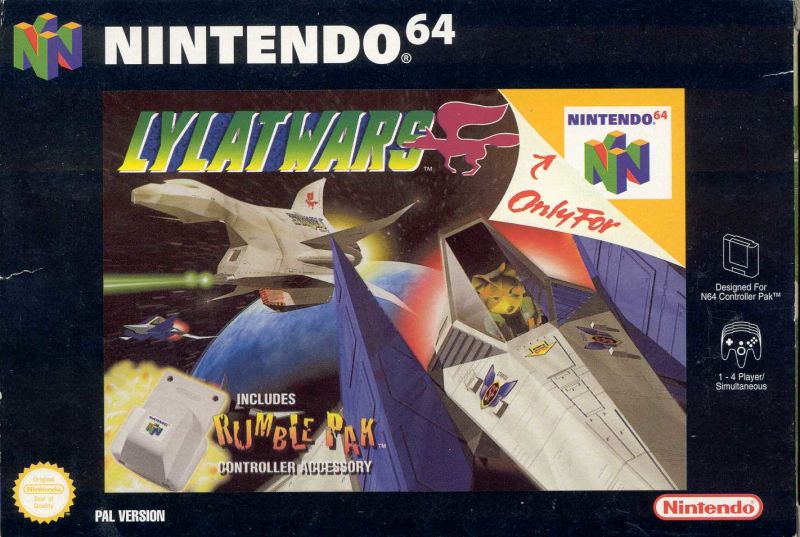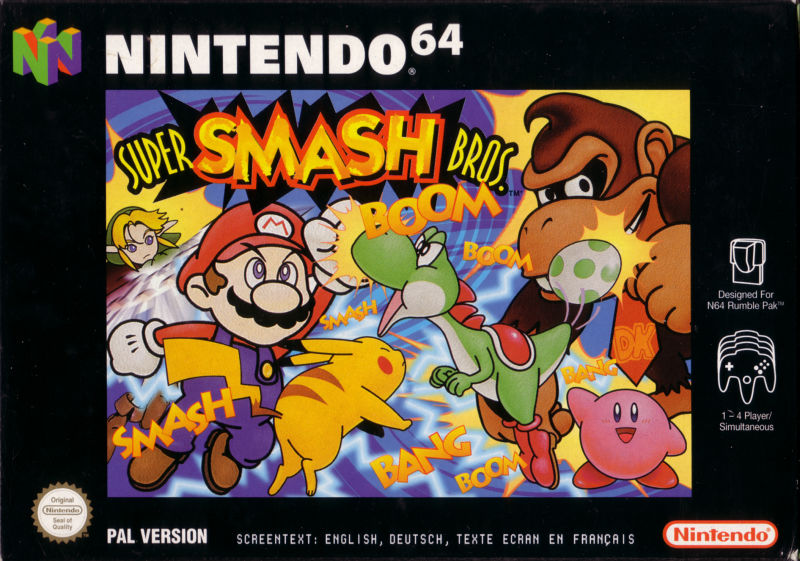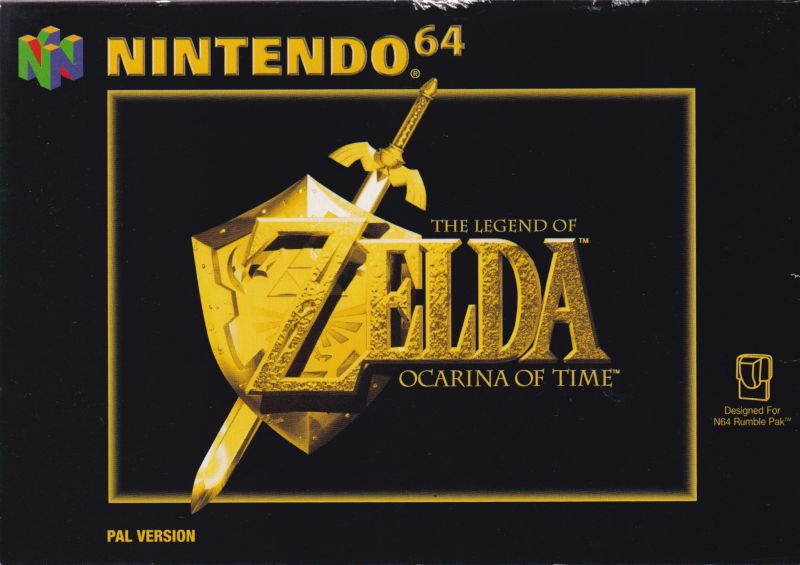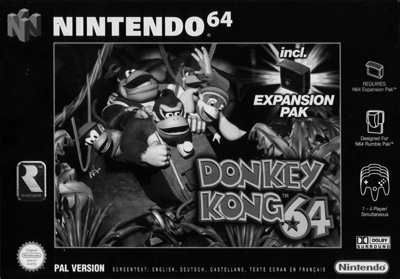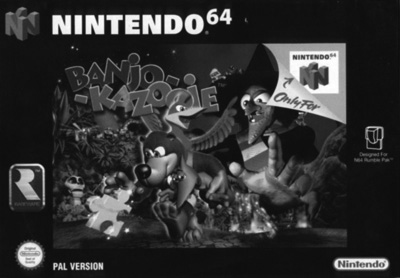The Nintendo 64 (N64) was released in March 1997 in Europe as part of the 5th generation of home consoles, competing with the Sony PlayStation and Sega Saturn. It was the last major home console to use the cartridge as its primary storage format until the Nintendo Switch in 2017.
The decision to choose cartridges over CD’s was seen as a mistake by most, and led to heavy criticism for Nintendo. Nintendo actually had a few good reasons to go with the cartridge media, the ROM cartridges’ have very fast load times in comparison to disc-based games and because of this, loading screens are rare in Nintendo 64 games. Although vulnerable to long-term environmental damage, the cartridges are far more resistant to physical damage than compact discs.
As games became more complex they began to exceed the limits of cartridge storage capacity and the limitations became apparent with software ported from other consoles. Nintendo 64 versions of cross-platform games were shortened or redesigned. This could mean fewer textures, and/or shorter music tracks, while full motion video was not usually feasible for use in cut-scenes unless heavily compressed and of very brief length.
Games such as Super Mario 64, GoldenEye 007 and The Legend of Zelda: Ocarina of Time all helped to make the Nintendo 64 one of the most recognised video game systems in history.
The N64 controller was one of the first gaming controllers to utilise the analog stick, and can be held in three different positions. First, it can be held by the two outer grips, allowing use of the D-pad, right-hand face buttons and the “L” and “R” shoulder buttons (but not the Z trigger or analog stick). It can be also held by the centre and right-hand grip, allowing the use of the single control stick, the right hand-buttons, the “R” shoulder button, and the Z trigger on the rear (but not the “L” shoulder button or D-pad). Finally, the controller can be held by the centre and left-hand grip, allowing for a combination of the D-pad, L shoulder, analog stick, and Z trigger.
The design of the controller was considered very controversial upon it’s release. It prevents the use of all of its features with the player’s hands in any one position and it requires the player to switch hand positions, taking the hands off of the key directional controls during use.
Please click the pictures for more info and photos

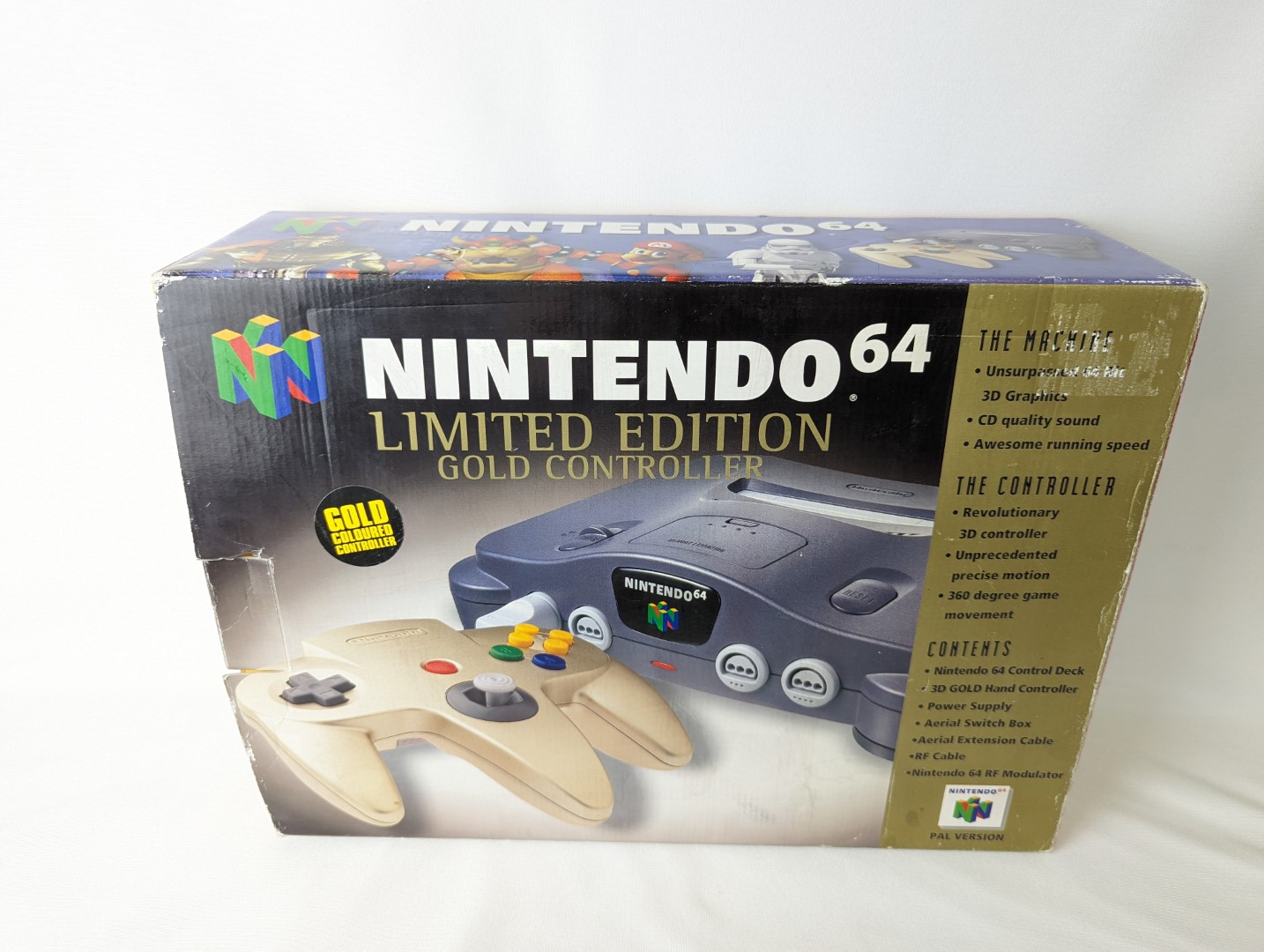

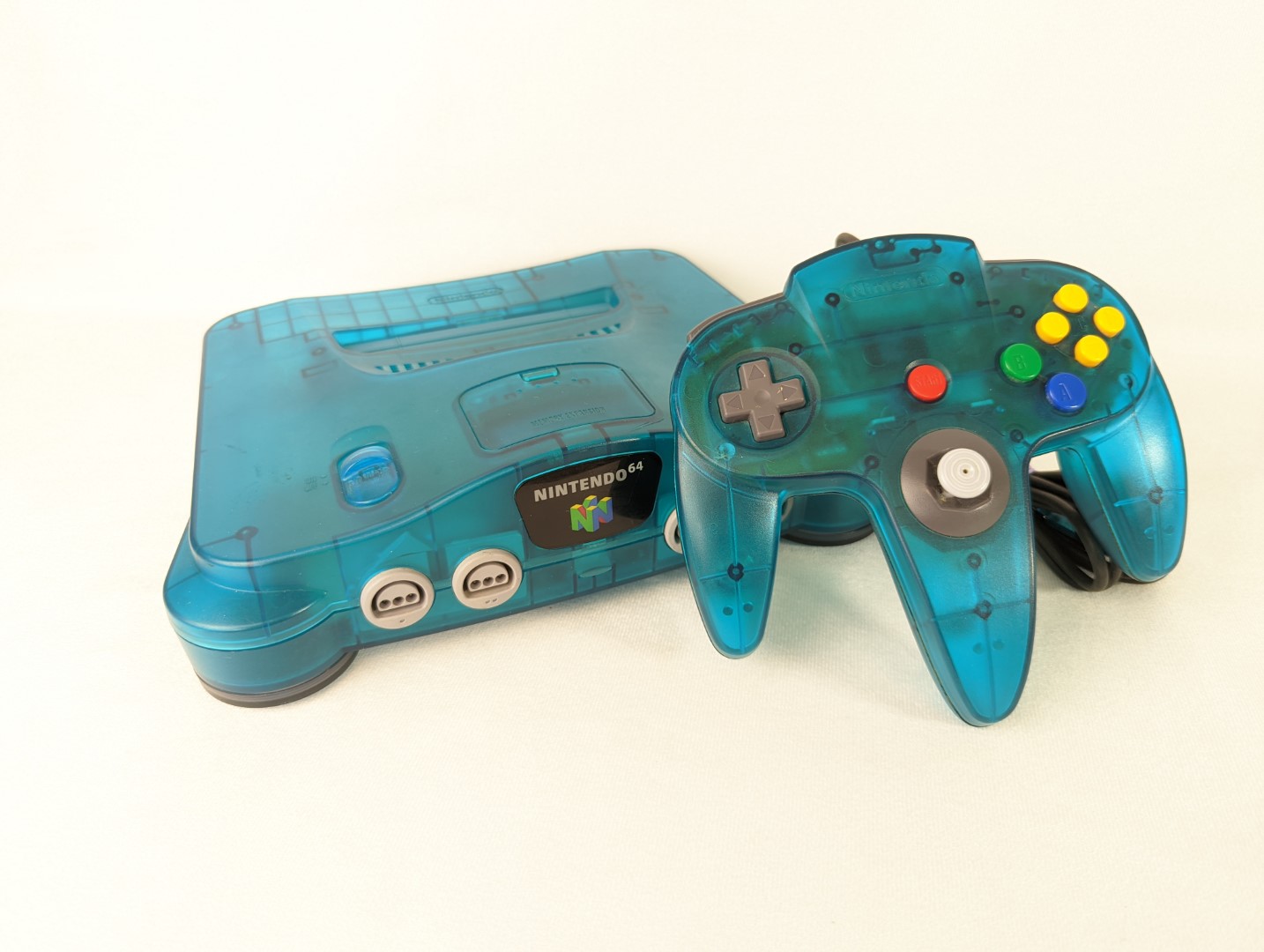
I never had an N64 until a couple of years ago and quite honestly, it is the console I play the least. I have absolutely no nostalgia for this system. I have the standard Charcoal variation. The consoles design language is something more akin to automotive design rather than a games console, the sleek curves really make an impact.
The controller is very easy to hold and you can tell a lot of thought was put into its design. Holding the grips feels great and the mostly used A and B buttons larger than the others make them much easier to press blind. Overall the controller is a joy to hold due to its very ergonomic design.
Top 10 Quest Progress


